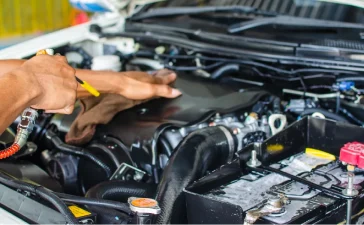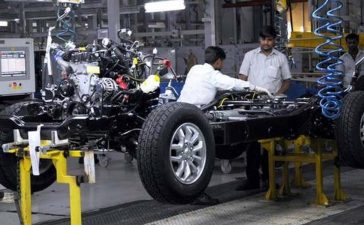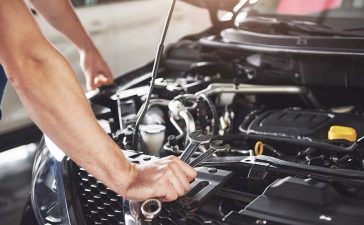A car engine needs steady lubrication. The oil pump keeps that flow alive. It moves oil to key parts. Extreme heat or cold can change oil behavior. Both conditions can strain the oil pump. In very hot weather oil becomes thin. In very cold weather oil becomes thick. These changes can reduce flow or pressure. The pump must work harder then. That can lead to damage or wear. Understanding this helps protect an engine. It also helps maintain smooth driving. Hiring the Auto Repair in Goshen, IN based services like Dave’s Auto repair would be more useful in this case.
High Heat and Oil Thickness
High temperatures affect oil movement. Thin oil flows too fast. It loses protective strength. The oil film breaks easily. That can raise friction inside. The pump must circulate it more often. Its parts face extra stress. A hot engine also adds heat to the oil. The pump runs in that heat field. Weak oil pressure may form. This may not feed bearings well. This leads to rough engine runs. A driver can sense harsh noise. That is a sign of low pressure.
The Effect of Cold Weather
Cold air changes oil texture. Thick oil moves with effort. It resists flow through small paths. The pump spins harder to push it. This adds load on its parts. Slow oil movement delays lubrication. Metal contacts stay dry longer. The friction then increases. The pump works in that tough phase. Hard starts become common. The oil light may stay longer. That warns of a slow feed. The strain may lead to pump wear. A weak pump can fail over time.
Pressure Imbalance and Flow Issues
Extreme cold or heat affects pump pressure. High heat can drop oil pressure fast. Cold can build too much pressure inside. Both cases hurt flow balance. Thin oil slips past pump gears. Thick oil blocks pump chambers. This can damage seals and joints. The pump needs accurate flow within limits. Unstable pressure harms engine bearings. It can even strain valves and gaskets. A steady oil stream is vital here. Without it the engine life drops. Temperature control avoids such issues. All these are assured by Dave’s Auto repair.
Conclusion
Extreme temperatures test oil pump strength. Hot climates thin the oil flow. Cold climates slow its path. Both harm pressure balance and flow rate. The pump faces strain in these cases. A well maintained system adapts better. Right oil and smart habits help greatly. Protecting the pump protects the engine. Awareness during temperature shifts is key. Each season demands fresh focus on oil care. That simple step ensures lasting engine health. A strong pump means smooth and safe rides.
You Might Also Like
The Subtle Hum: When a Wheel Stud Issue Might Cause Unusual Noises in Your Car
A moving vehicle creates many sounds. Some noises are normal and fade with time. Others seem strange and new. A...
Addressing Uneven Car Brake Pad Wear: Causes and Solutions
Uneven brake pad wear is a frequent issue. It affects braking efficiency and safety. Each pad should wear evenly during...
The Long-Term Vision: Investing in Your Car’s AC Condenser Health
A car stays reliable with care. The air conditioning system plays a key role. A healthy AC condenser keeps the...
How Comprehensive DMV Services Can Simplify Your Vehicle Registration Process
Dealing with vehicle registration can sometimes feel complicated and time-consuming. From renewing your registration to updating your address or getting...










